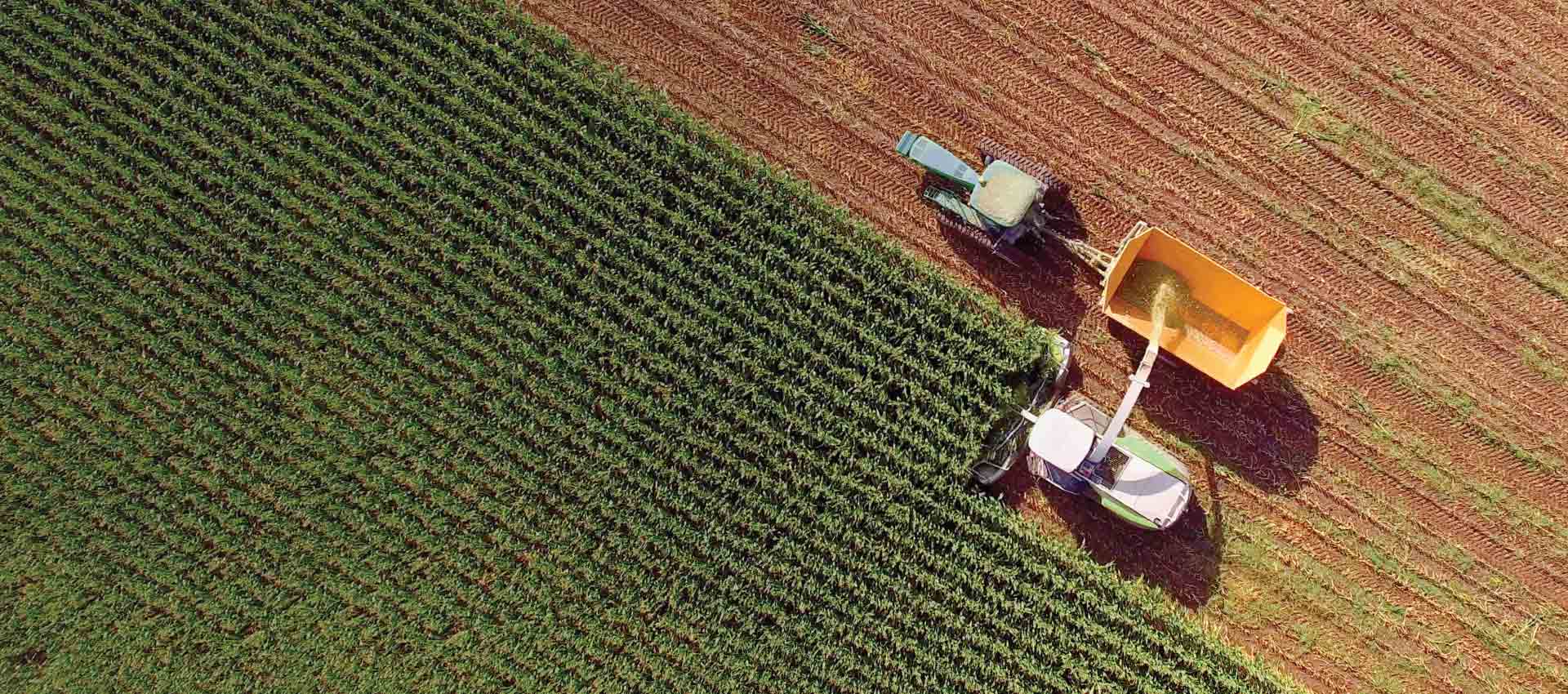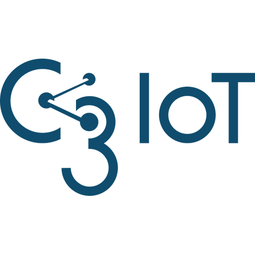Download PDF
Enterprise AI for Demand Forecasting and Production Scheduling in Global Agribusiness

Technology Category
- Analytics & Modeling - Machine Learning
- Functional Applications - Manufacturing Execution Systems (MES)
Applicable Industries
- Education
- Food & Beverage
Applicable Functions
- Procurement
- Warehouse & Inventory Management
Use Cases
- Additive Manufacturing
- Demand Planning & Forecasting
Services
- Data Science Services
- System Integration
The Challenge
A global agribusiness and food manufacturer, producing over 80 million pounds of food products per year across eight production lines, faced significant challenges in demand forecasting and production scheduling. The company's only customer, a global retailer, exhibited highly variable demand, leading to discrepancies with the manufacturer's weekly demand forecast. Traditional demand forecasting solutions, based on statistical algorithms, were unable to cope with the short lead times and daily sales orders due to the short shelf life of food products. This resulted in unfulfilled customer orders. Additional rule-based solutions procured to improve production scheduling also failed to optimize schedules and significantly improve manufacturing operations.
The Customer
Not disclosed
About The Customer
The customer is a global agribusiness and food manufacturer with over $100 billion in annual revenue in 2020. The company operates approximately 1400 manufacturing and distribution sites worldwide and employs over 150,000 people. It operates in over 120 countries and produces over 80 million pounds of food products per year across 90+ product codes and various raw materials. The company's only customer is a global retailer, and it faces significant challenges in demand forecasting and production scheduling due to the highly variable demand of this customer.
The Solution
To address these challenges, the company decided to implement the C3 AI Demand Forecasting and C3 AI Production Schedule Optimization applications. The C3 AI team began by ingesting, cleansing, and unifying 18 different data sources, including historical demand forecasts, order history data, production history, manufacturing specifications, and historical inventory levels. This unified data image enabled the company to train and configure the AI applications. The C3 AI Production Schedule Optimization was configured to automatically generate schedules based on the latest available data, reducing the time to generate schedules by 96%. The user interface across both applications was configured to enable users to view critical manufacturing KPIs, identify KPIs at risk, evaluate and approve AI-recommendations, and develop multiple scenarios by tuning inputs into the scheduling algorithm.
Operational Impact
Quantitative Benefit
Related Case Studies.

Case Study
The Kellogg Company
Kellogg keeps a close eye on its trade spend, analyzing large volumes of data and running complex simulations to predict which promotional activities will be the most effective. Kellogg needed to decrease the trade spend but its traditional relational database on premises could not keep up with the pace of demand.

Case Study
HEINEKEN Uses the Cloud to Reach 10.5 Million Consumers
For 2012 campaign, the Bond promotion, it planned to launch the campaign at the same time everywhere on the planet. That created unprecedented challenges for HEINEKEN—nowhere more so than in its technology operation. The primary digital content for the campaign was a 100-megabyte movie that had to play flawlessly for millions of viewers worldwide. After all, Bond never fails. No one was going to tolerate a technology failure that might bruise his brand.Previously, HEINEKEN had supported digital media at its outsourced datacenter. But that datacenter lacked the computing resources HEINEKEN needed, and building them—especially to support peak traffic that would total millions of simultaneous hits—would have been both time-consuming and expensive. Nor would it have provided the geographic reach that HEINEKEN needed to minimize latency worldwide.

Case Study
Energy Management System at Sugar Industry
The company wanted to use the information from the system to claim under the renewable energy certificate scheme. The benefit to the company under the renewable energy certificates is Rs 75 million a year. To enable the above, an end-to-end solution for load monitoring, consumption monitoring, online data monitoring, automatic meter data acquisition which can be exported to SAP and other applications is required.

Case Study
Coca Cola Swaziland Conco Case Study
Coco Cola Swaziland, South Africa would like to find a solution that would enable the following results: - Reduce energy consumption by 20% in one year. - Formulate a series of strategic initiatives that would enlist the commitment of corporate management and create employee awareness while helping meet departmental targets and investing in tools that assist with energy management. - Formulate a series of tactical initiatives that would optimize energy usage on the shop floor. These would include charging forklifts and running cold rooms only during off-peak periods, running the dust extractors only during working hours and basing lights and air-conditioning on someone’s presence. - Increase visibility into the factory and other processes. - Enable limited, non-intrusive control functions for certain processes.

Case Study
Temperature Monitoring for Restaurant Food Storage
When it came to implementing a solution, Mr. Nesbitt had an idea of what functionality that he wanted. Although not mandated by Health Canada, Mr. Nesbitt wanted to ensure quality control issues met the highest possible standards as part of his commitment to top-of-class food services. This wish list included an easy-to use temperature-monitoring system that could provide a visible display of the temperatures of all of his refrigerators and freezers, including historical information so that he could review the performance of his equipment. It also had to provide alert notification (but email alerts and SMS text message alerts) to alert key staff in the event that a cooling system was exceeding pre-set warning limits.

Case Study
Coca-Cola Refreshments, U.S.
Coca-Cola Refreshments owns and manages Coca-Cola branded refrigerators in retail establishments. Legacy systems were used to locate equipment information by logging onto multiple servers which took up to 8 hours to update information on 30-40 units. The company had no overall visibility into equipment status or maintenance history.





